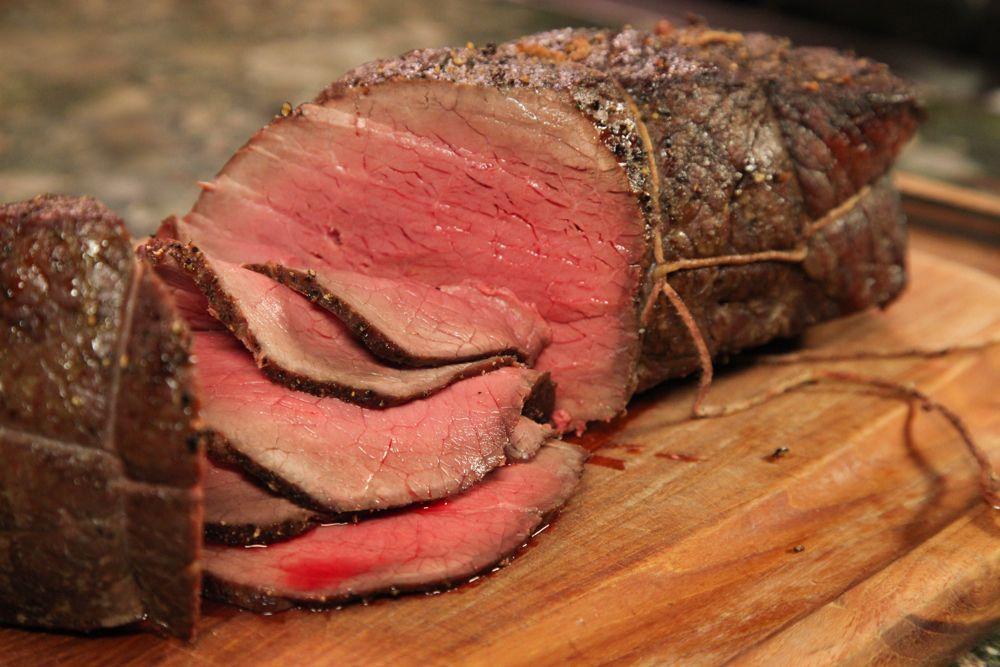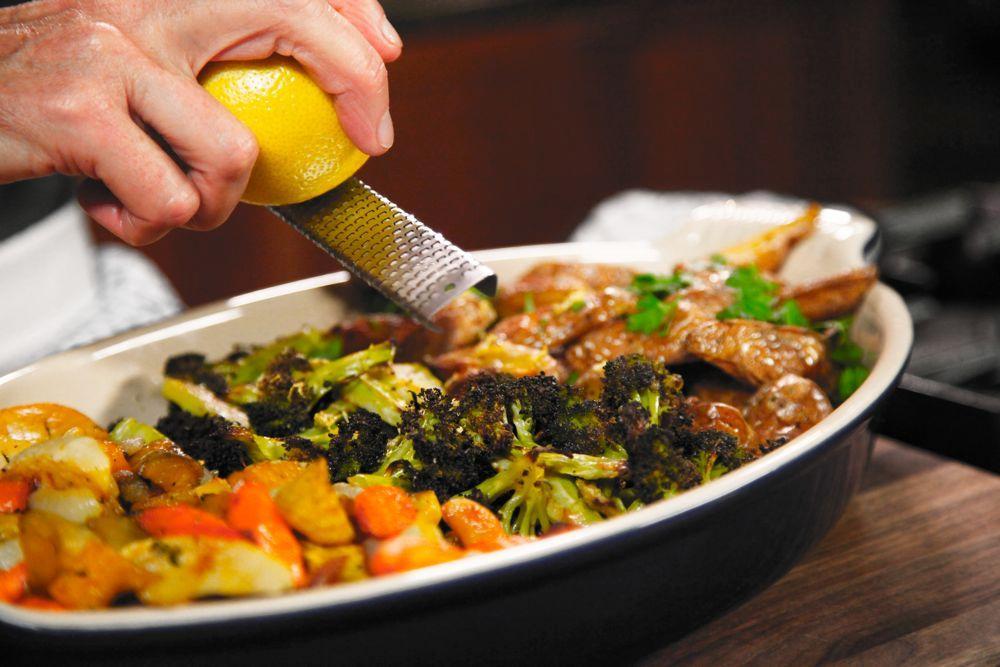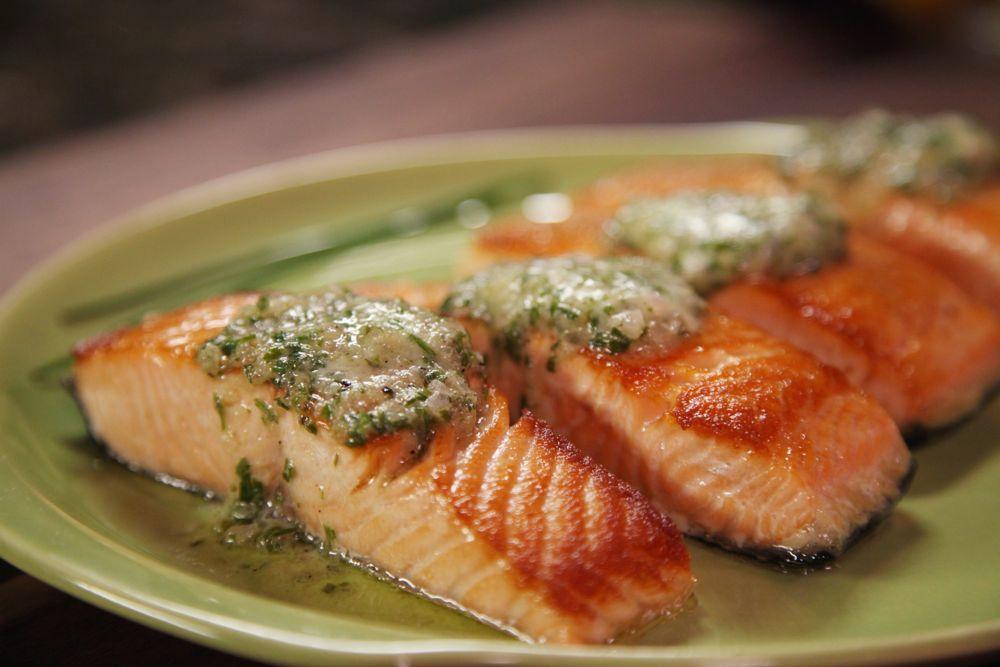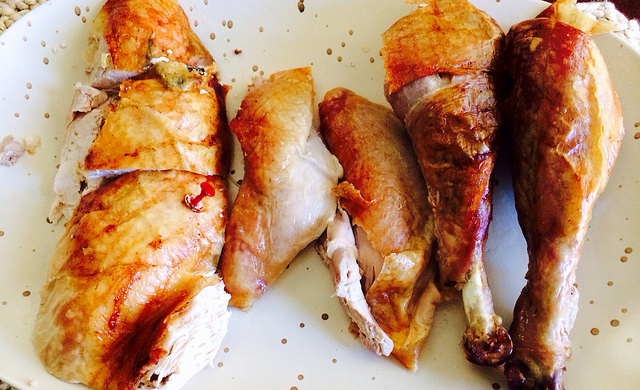Roasting is a versatile food and cooking technique that can be used to cook a variety of different foods, from cuts of meat both large and small to fish and fowl and even vegetables.
 Photo via Molly Stevens
Photo via Molly Stevens
While roasting is a very straightforward technique, perfecting it takes some time and requires knowledge of basic roasting techniques. You can streamline the process by signing up for Roasting Techniques Every Cook Should Know. Instructor Molly Stevens is am award-winning food writer, cookbook author and cooking teacher. She’s written popular books about both braising and roasting, and is considered an expert in the field. In the course, you’ll learn a variety of roasting techniques so you’ll be able to create flavorful roasted dishes that are superior in texture and flavor.
To get you primed for the course, here is a brief overview of roasting techniques to get your appetite going.
What is roasting?
Simply, a cooking method that uses dry heat. This can be an open flame, but when it comes to at-home cooking, it’s more frequently done in the oven. Roasting can be slow, over low heat, which is appropriate for larger cuts of meat. It can also be done for short periods at high temperatures for vegetables or more tender cuts of meat. How we roast today is the modern adaptation of one of the oldest cooking methods — roasting meat over a fire.
Roasting is pretty similar to baking, but is typically the preferred term for savories — so for instance, you’ll roast dinner, and bake cookies or cakes for dessert.
Don’t confuse roasting with grilling. Grilling is somewhat similar to the method of roasting over a flame, but is typically done at high temperatures and is characterized by a gridiron cooking surface, which allows juices to drip through rather than be retained in the pan.
What can be roasted?

Photo via Molly Stevens
Meat, poultry, fish and most root and bulb vegetables can be roasted. Although it’s common to refer to a larger piece of meat a “roast,” that doesn’t mean it’s the only thing that can be roasted.
Why are meats tied in string to be roasted?
Tying the meat keeps it contained during roasting, retaining any stuffing, promoting even cooking, and maintaining a pleasing visual profile.
What sort of equipment is used for roasting?
Meat can be placed on a rack, in a roasting pan, or even rotated on a spit (think: rotisserie chicken). Typically, the pans also act as a vessel to contain juices from the meat, which can be used for gravy or to create classic sauces or create dishes such as Yorkshire pudding (a classic accompaniment to holiday roasts).
Vegetables are lower maintenance in terms of equipment, and can be spread on a baking sheet to be roasted.
What are the key types of roasting?
There are a few different methods of roasting that will be effective to preserving a superior texture and flavor in the finished product.
1. Low temperature
Also referred to as “slow roasting,” this is done in low temperatures (in the 300 degrees F range) over long periods of time. The slow cooking period is well suited for large cuts of meat, and is the method you would more usually use for your Thanksgiving turkey, allowing the meat to retain moisture while it cooks through and becomes tender, because collagen breaks down during the process.
2. High temperature
 Photo via Molly Stevens
Photo via Molly Stevens
For smaller or more tender cuts of meat, cooking at high temperature (typically 400 degrees F or higher) has its benefits. It will cook the meat before the juices can escape, and will create a pleasing brownness to the top of the meat. The exterior will be browned and crispy, but the interior will be soft.
3. Combination: low and high temperature cooking

Roast turkey via Miss Cara
To attain a tender texture but a crisp exterior, a combination of high and low heat may be used. Typically, the majority of the cooking is done at a low or moderate temperature, but with a blast of high heat either at the beginning or end of the cooking process. The slow roasting will ensure doneness and a tender texture, but the high heat will add a crust with a pleasing golden or browned finish.
Testing for doneness
Many recipes will call for checking the interior temperature of the meat to test for doneness. Often, while the exterior will look cooked, the interior may still have a ways to go. Inserting a meat thermometer in to the center of your roast will give you an accurate reading on whether or not the meat has cooked through. Recipes will frequently list a temperature that should be achieved.
Resting the meat
Often, roasting recipes will call for you to remove the roast from the oven but to continue letting it cook. It will continue cooking in its residual heat for a few minutes, and you’re assured a roast that isn’t overcooked but is full in flavor.
Basting
During the roasting process, meats or vegetables can be “basted”– this means they are brushed on the surface with a fat, such as butter, oil, lard or part of the juices, to help maintain moisture and flavor.

Share tips, start a discussion or ask one of our experts or other students a question.
No Responses to “It's Getting Hot in Here: A Primer on Basic Roasting Techniques”